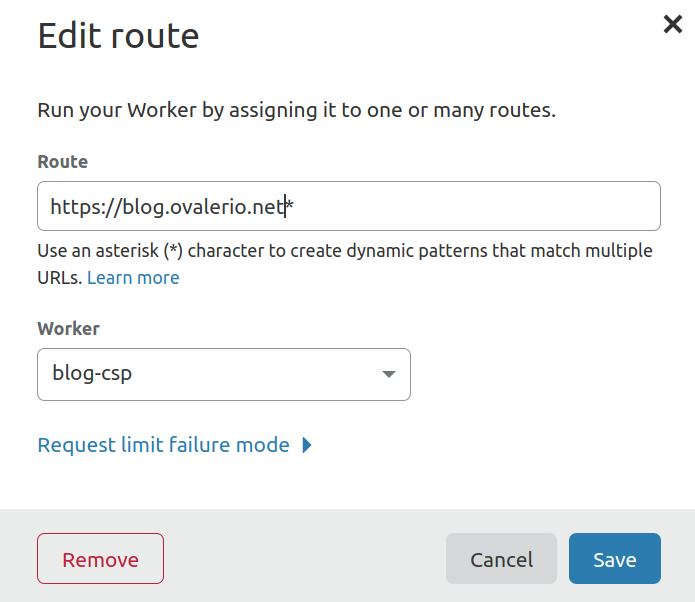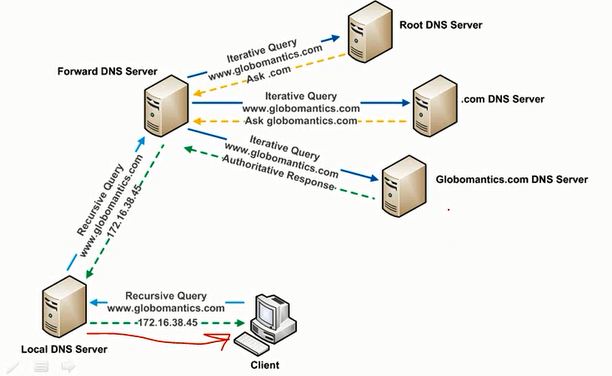This time, as you can deduce from the title, I will address the topic of how to use feature flags on Django websites and applications. This is an incredible functionality to have, specially if you need to continuously roll new code to production environments that might not be ready to be released.
But first what are Feature Flags? The Wikipedia tells us this:
A feature toggle (also feature switch, feature flag, …) is a technique in software development that attempts to provide an alternative to maintaining multiple branches in source code (known as feature branches), such that a software feature can be tested even before it is completed and ready for release. Feature toggle is used to hide, enable or disable the feature during runtime.
Wikipedia
It seems a pretty clear explanation and it gives us a glimpse of the potential of having this capability in a given project. Exploring the concept a bit more it uncovers a nice set of possibilities and use cases, such as:
- Canary Releases
- Instant Rollbacks
- AB Testing
- Testing features with production data
To dive further into the concept I recommend starting by reading this article, that gives you a very detailed explanation of the overall idea.
In the rest of the post I will describe how this kind of functionality can easily be included in a standard Django application. Overtime many packages were built to solve this problem however most aren’t maintained anymore, so for this post I picked django-waffle given it’s one of the few that are still in active development.
As an example scenario lets image a company that provides a suite of online office tools and is currently in the process of introducing a new product while redoing the main website’s design. The team wants some trusted users and the developers to have access to the unfinished product in production and a small group of random users to view the new design.
With the above scenario in mind, we start by install the package and adding it to our project by following the instructions present on the official documentation.
Now picking the /products page that is supposed to displays the list of existing products, we can implement it this way:
# views.py
from django.shortcuts import render
from waffle import flag_is_active
def products(request):
if flag_is_active(request, "new-design"):
return render(request, "new-design/product_list.html")
else:
return render(request, "product_list.html")# templates/products.html
{% load waffle_tags %}
<!DOCTYPE html>
<html>
<head>
<title>Available Products</title>
</head>
<body>
<ul>
<li><a href="/spreadsheets">Spreadsheet</a></li>
<li><a href="/presentations">Presentation</a></li>
<li><a href="/chat">Chat</a></li>
<li><a href="/emails">Marketing emails</a></li>
{% flag "document-manager" %}
<li><a href="/documents"></a>Document manager</li>
{% endflag %}
</ul>
</body>
</html>You can see above that 2 conditions are checked while processing a given request. These conditions are the flags, which are models on the database with certain criteria that will be evaluated against the provided request in order to determine if they are active or not.
Now on the database we can config the behavior of this code by editing the flag objects. Here are the two objects that I created (retrieved using the dumpdata command):
{
"model": "waffle.flag",
"pk": 1,
"fields": {
"name": "new-design",
"everyone": null,
"percent": "2.0",
"testing": false,
"superusers": false,
"staff": false,
"authenticated": false,
"languages": "",
"rollout": false,
"note": "",
"created": "2020-04-17T18:41:31Z",
"modified": "2020-04-17T18:51:10.383Z",
"groups": [],
"users": []
}
},
{
"model": "waffle.flag",
"pk": 2,
"fields": {
"name": "document-manager",
"everyone": null,
"percent": null,
"testing": false,
"superusers": true,
"staff": false,
"authenticated": false,
"languages": "",
"rollout": false,
"note": "",
"created": "2020-04-17T18:43:27Z",
"modified": "2020-04-17T19:02:31.762Z",
"groups": [
1, # Dev Team
2 # Beta Customers
],
"users": []
}
}So in this case new-design is available to 2% of the users and document-manager only for the Dev Team and Beta Customers user groups.
And for today this is it.



